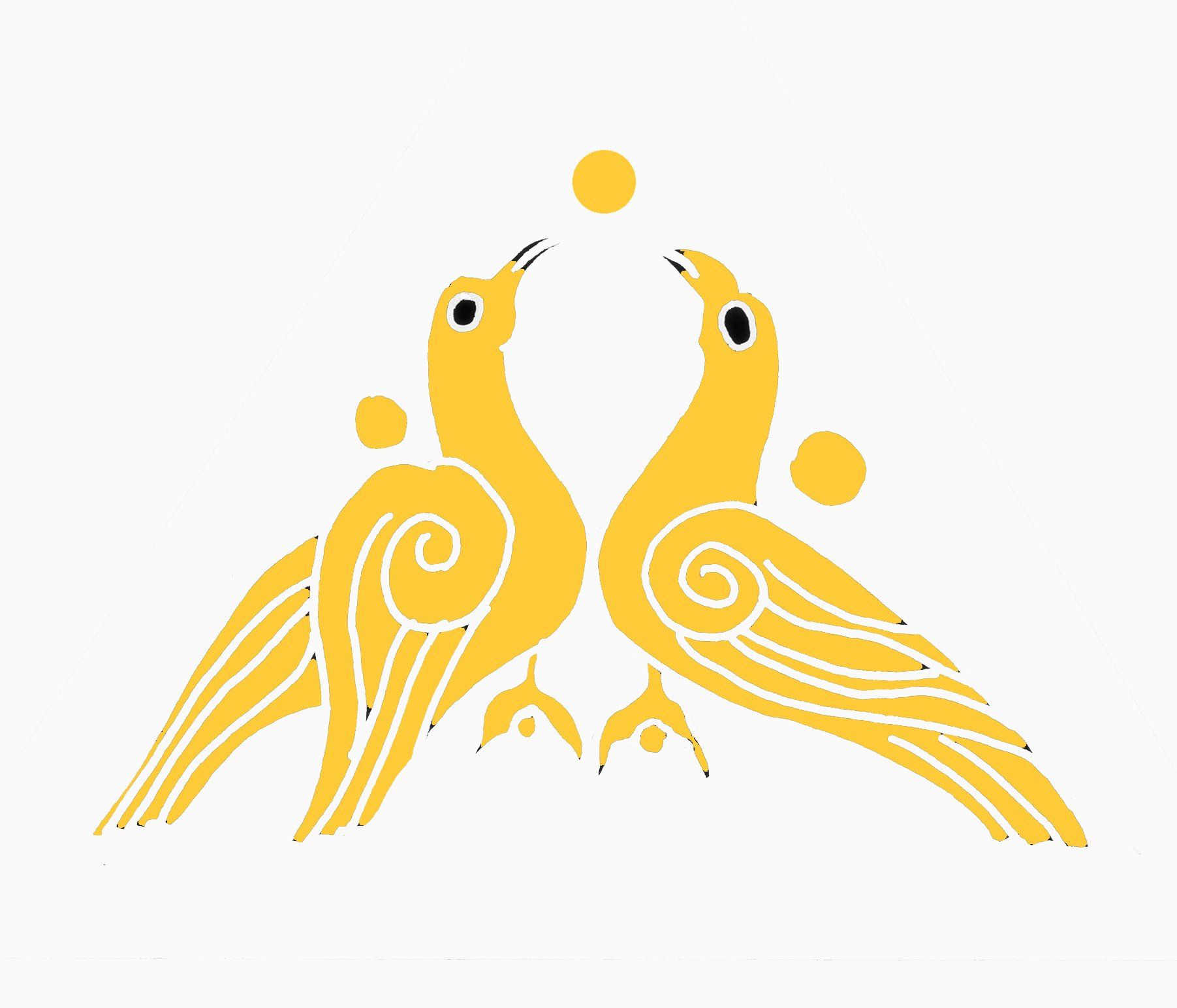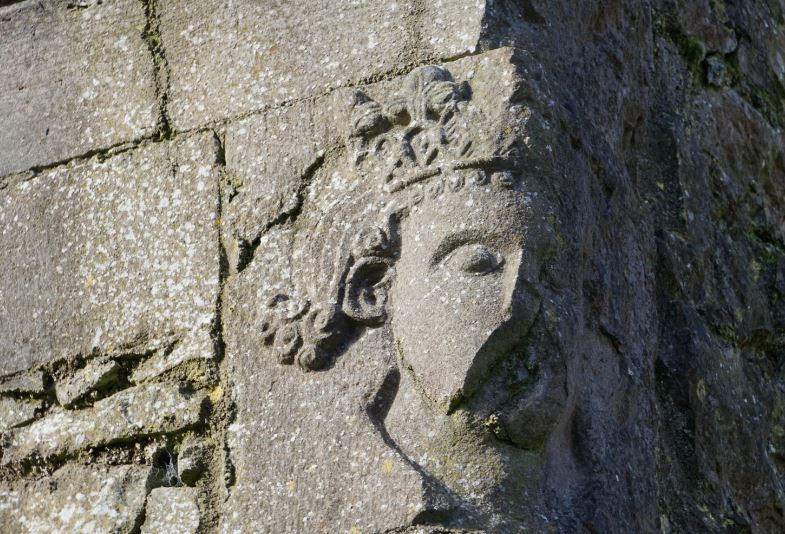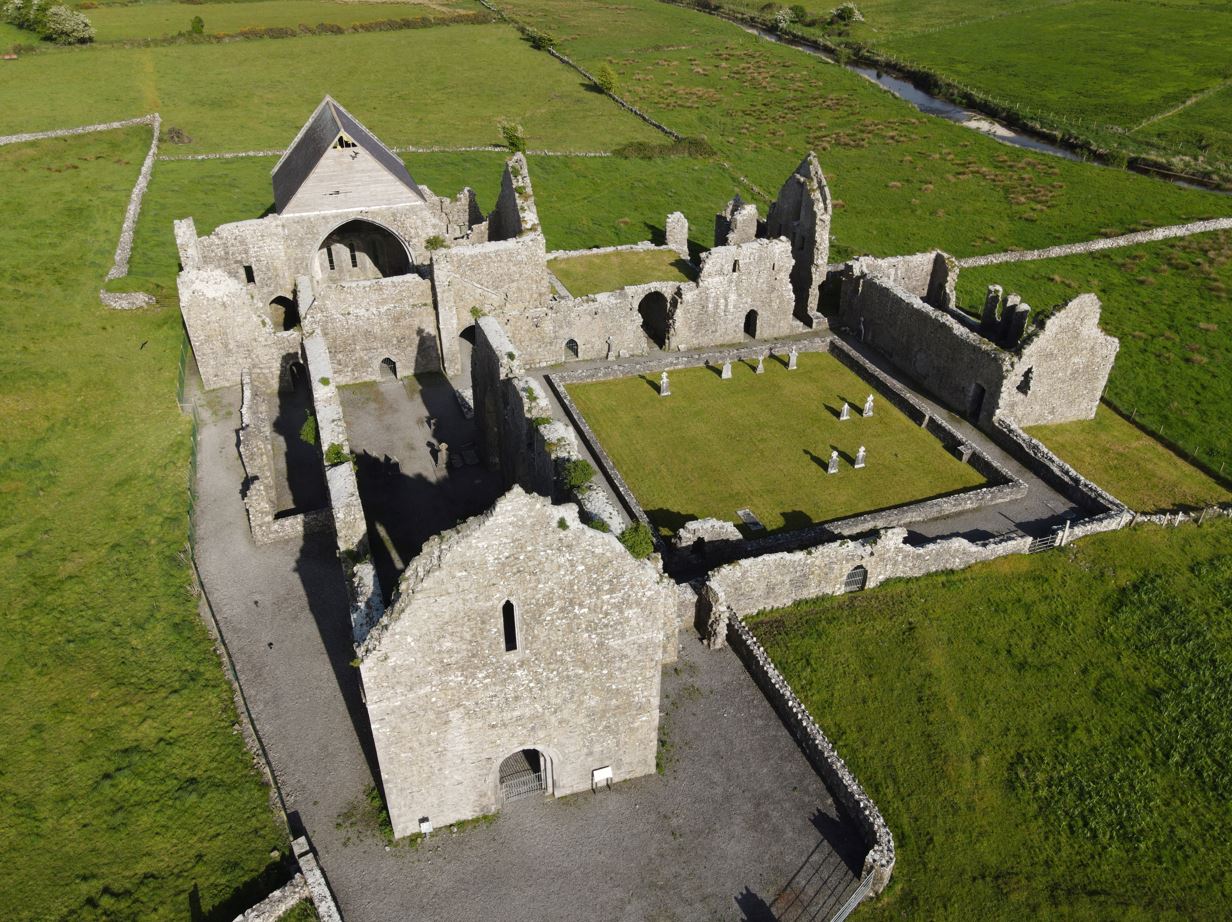1224 – death of Cathal Crobhderg Ua Conchobair
In 1198 Ruaidrí Ua Conchobair, king of Connaught died in retirement at the Augustinian Abbey at Cong, Co. Mayo. As with the death of Domnall Mór Ua Briain
in 1194, which had paved the way for the Anglo-Norman conquest of Munster, the path now seemed clear for a similar conquest of Connaught. Indeed, it was William de Burgh, who had led the charge in Munster, that now took an active interest in the affairs of Connaught. Around 1195, John as lord of Ireland gave William de Burgh a speculative grant of Connaught, similar to the one he gave him ten years earlier for Munster. However, William and the other Anglo-Norman barons did not have the people or resources to make a concerted effort at settling Connaught. In the meantime, they opted to maintain peace in the west by supporting Irish leaders who they felt were reliable, particularly those who could provide military strength to the Anglo-Normans when they needed it. In reality this meant that different Anglo-Norman barons made alliances with various Gaelic chiefs in the hope that they might gain a better foothold in Connaught than their competitor.
In 1186, the same year that Hugh de Lacy
was killed at Durrow, Ruaidrí Ua Conchobair was deposed in the west by his own son, Conor Maenmoy. He in turn was murdered only three years later, which saw two main contenders compete for the kingship of Connaught. One was Ruaidrí’s grandson, Cathal Carrach, and the other his younger half-brother, Cathal Crobhderg (Cathal of the Red Hand). A later Gaelic poet described Cathal Crobhderg as ‘endowed with courage since he left the milk of his nurse’. Neither Cathal was able to gain enough support from within their own families to make an indisputable claim to the kingship of Connaught, so both men looked to their Anglo-Norman neighbours for allies to help them win the title. Despite the fact that Cathal Crobhderg was able to enlist the support of John de Courcy and the de Lacy brothers (whose step-mother was a daughter of Ruaidrí Ua Conchobair), it was Cathal Carrach who initially came out on top for the kingship of Connaught with the support of William de Burgh, keen to keep the de Lacy brothers out of Connaught.
However, by 1202 William de Burgh opted to support Cathal Crobhderg. In fact, William and Cathal had at least one thing in common – both men were married to daughters of Domnall Mór Ua Briain. That year, they spent Easter together at the Augustinian Abbey at Cong, where Cathal’s older brother had died in retirement four years earlier. Indeed, Ruaidrí’s remains were still buried at Cong, and it would be a few years before his remains disinterred and brought to Clonmacnoise on the banks of the River Shannon, where he was reburied next to the grave of their father, Toirdhealbhach, beside the altar in the cathedral.
William de Burgh died in 1205 before he could fully exploit the situation in Connaught, and for the next ten years Cathal Crobhderg was left relatively undisturbed to enjoy his rule in the west. When King John was in Ireland in 1210, as he made his way from Trim to Carrickfergus, he met Cathal Crobhderg, who came with a large army to submit the king of England. According to one contemporary account, king John presented Cathal with a fine war horse as a gift. Cathal thanked John for the gift of the richly saddled and bridled steed, but then removed the saddle, preferring to ride bareback The two men rode alongside each other for a some distance, and the spectacle of Cathal riding a war horse bareback provided one of the amusing highlights for John during his second visit to Ireland.
Notably, Cathal Crobhderg did not take part in king John’s siege of Hugh de Lacy’s castle at Carrickfergus. Instead, he withdrew his forces and returned to Connaught. We are told that he promised to re-join the king within two weeks, and bring his son Áed, whom the king would hold as a hostage to ensure Cathal’s continued loyalty. This was a common practice in both Ireland and England during this period. Two weeks later, after which time Carrickfergus castle had fallen, Cathal met king John at Rathwire near Killucan, Co. Westmeath (where John was subduing another de Lacy castle). However, Cathal arrived without his son, his wife apparently having refused to let him be taken as a hostage. This is reminiscent of the story that William de Braose’s wife had also refused to submit their son as a hostage to the king, and perhaps Cathal had heard about their recent capture at Carrickfergus. The English king was anything but pleased and seems to have forcibly apprehended four of Cathal’s entourage, whom he brought back to England.
In 1214, William de Burgh’s son Richard, came of age to inherit his father’s estate. Shortly later, Richard himself obtained confirmation of the speculative grant of Connaught that his father had received from king John nearly a decade earlier. It is unlikely to be coincidence that his uncle, Hubert de Burgh, was then justiciar of England and had the ear of the king. In a curious twist, Cathal Crobhderg obtained a very similar grant confirming him in the possession of Connacht on the same day that Richard de Burgh received his. The objective was not that the two men should jointly hold Connaught. The difference between the two grants was that Cathal was to hold his lands ‘during good service’. In theory then, if Cathal misbehaved in any way that might be interpreted as disloyal to the Crown, the grant would become null and void, and Richard de Burgh’s grant would take immediate effect. In the end, while Cathal Crobhdearg was alive, Richard de Burgh and the Normans made little attempt to conquer Connaught.
As his final resting place, Cathal Crobhdearg chose the Cistercian abbey at Abbeyknockmoy near Tuam, Co. Galway. Shortly before his death in 1224, he retired to Abbeyknockmoy and was buried here in the habit of a Cistercian monk. His wife, Mór Muman who died in 1217, was also buried here. Tradition maintains that he founded the abbey around 1190 in thanksgiving to God for his survival of a storm on Lough Ree, which claimed the life of his son and number of his followers. This tradition is reminiscent of a similar story that William Marshal
founded the Cistercian abbey of Tintern, Co. Wexford, when he and his wife survived a storm at sea around 1200.
Cathal’s death brought an end to a century-long rule of the west of Ireland by just two generations of Ua Conchobair kings; his father Toirrdelbach
first rose to power in 1106, and after his death in 1156, the kingship of Connaught was dominated until 1224 by his sons Ruaidrí and Cathal Crobhdearg. This is one of the most remarkable examples of royal longevity anywhere in Europe during this period. However, the next generation of Ua Conchobair kings rarely provided the leadership to counter the rising tide of Anglo-Norman interest in the west.



